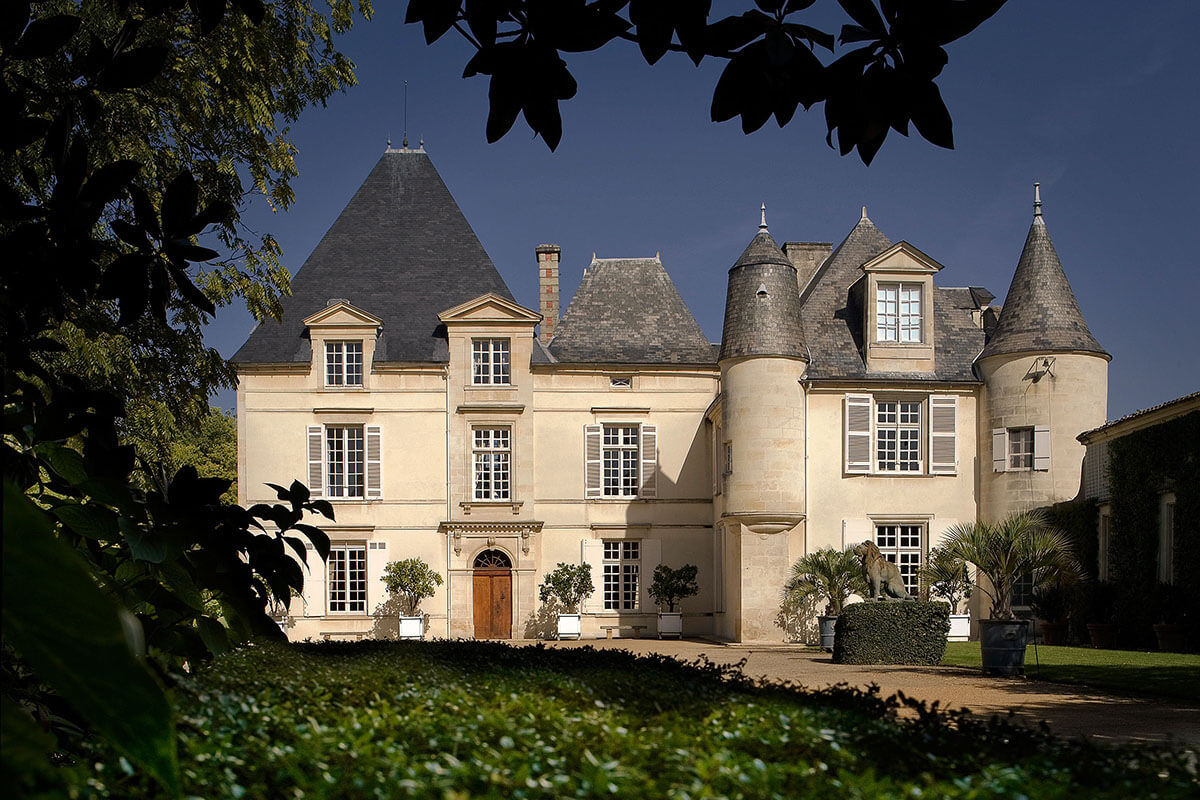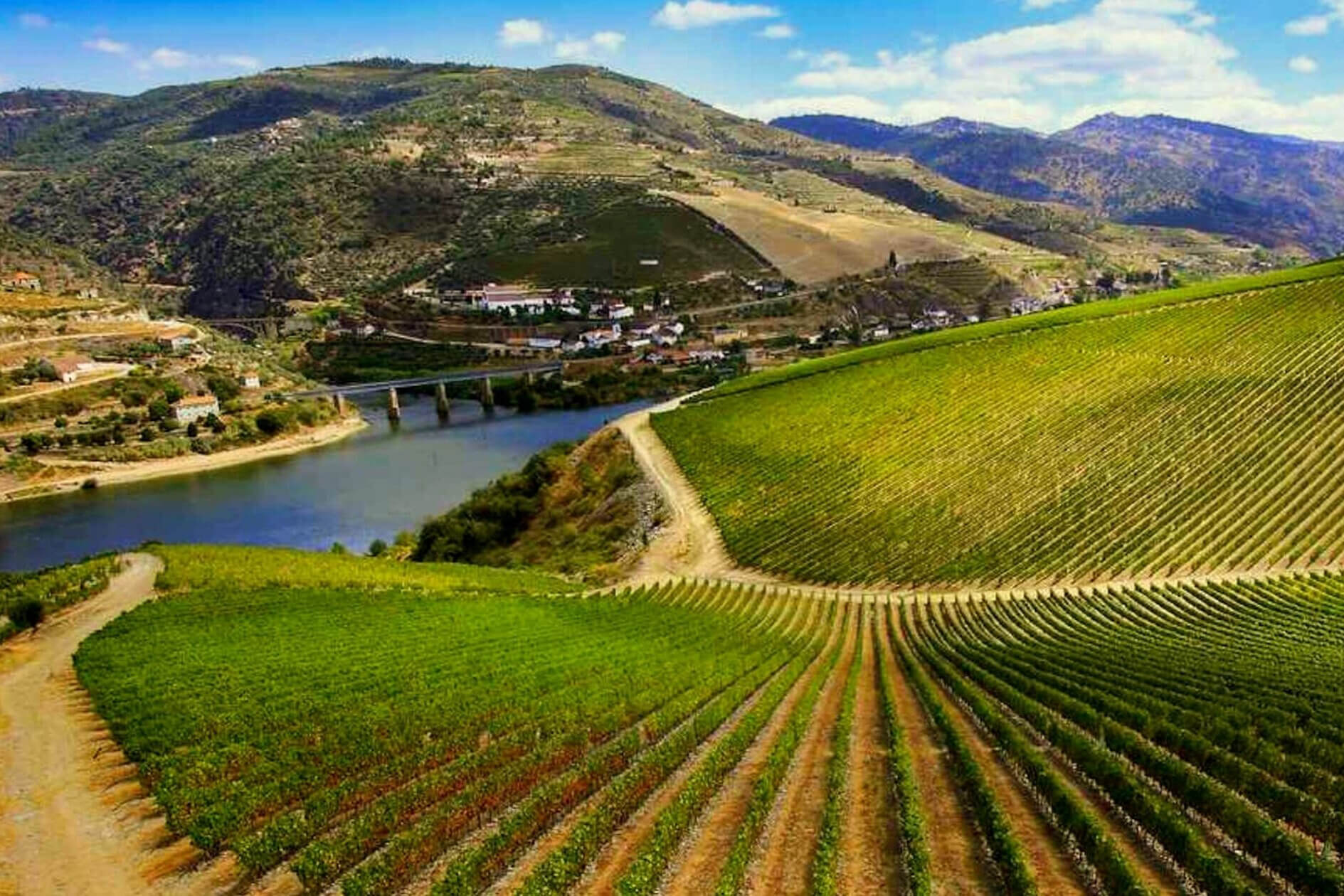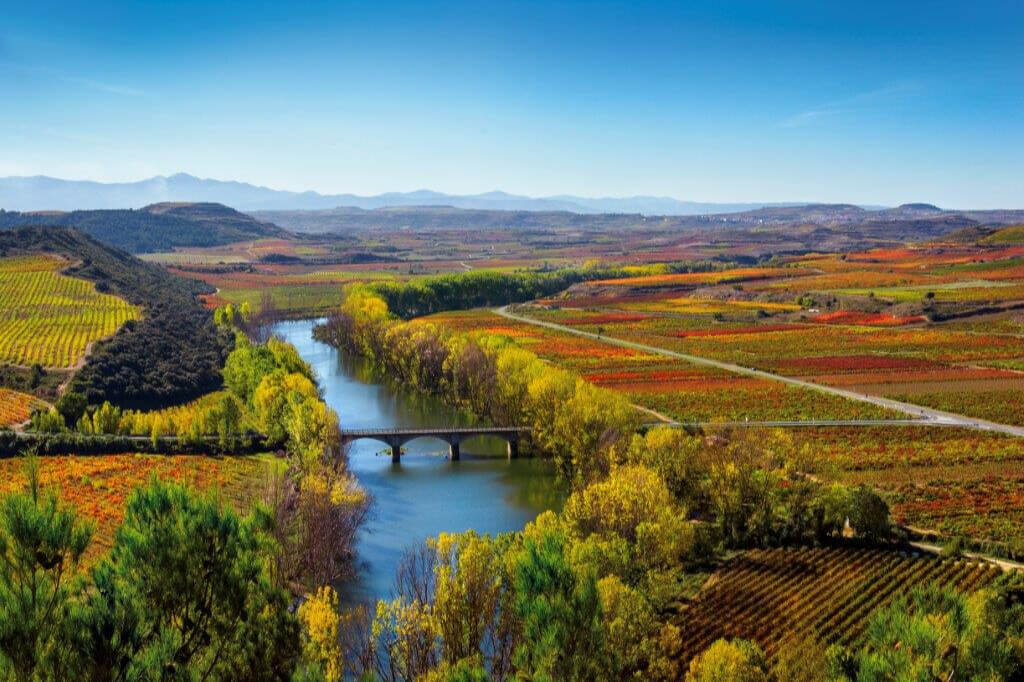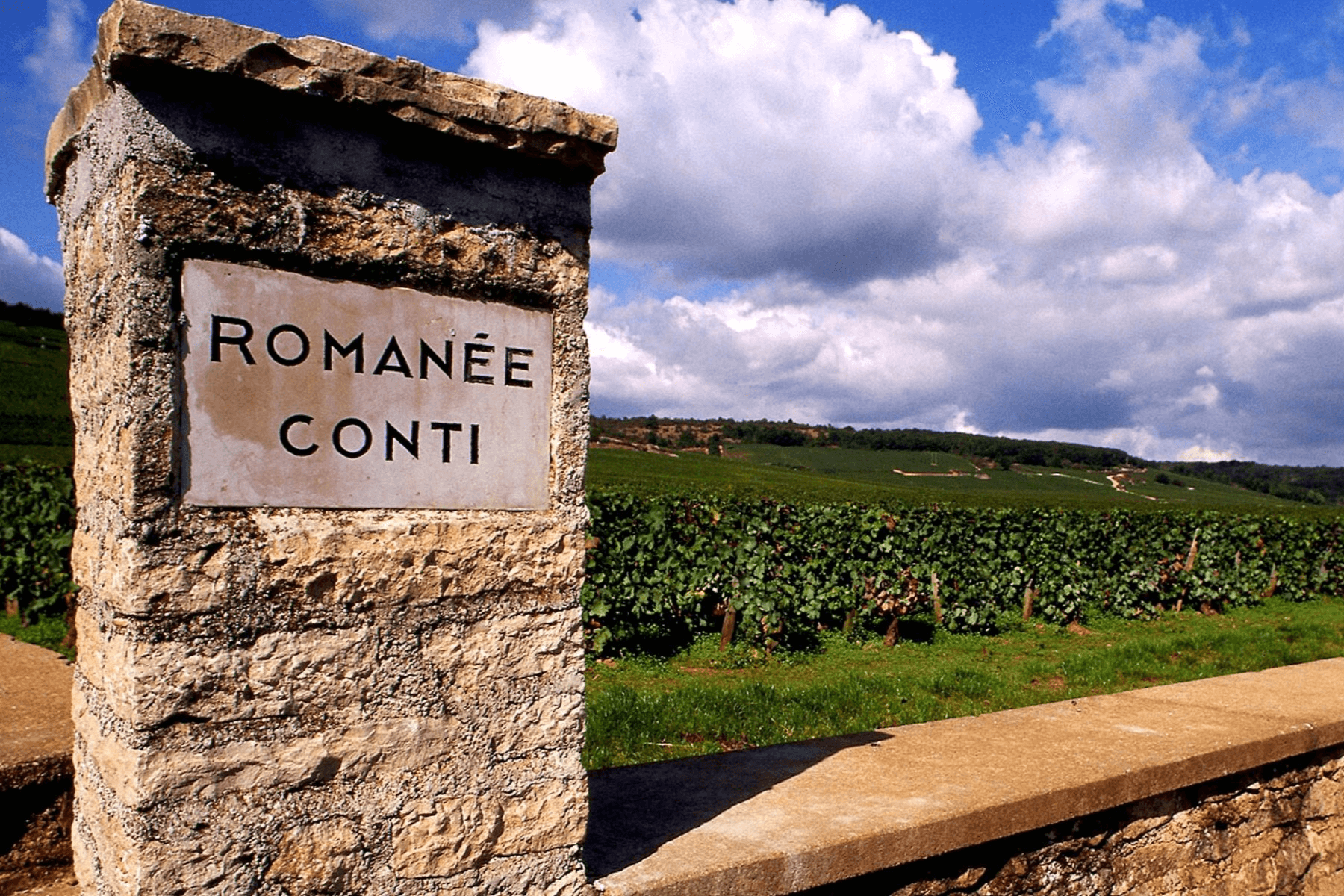Welcome to Bordeaux, a wine lover's paradise and home to some of the world's most prestigious vineyards and estates. Nestled in the southwest of France, this region has been producing wine for over 2,000 years, tracing its roots back to Roman times. Whether you're a seasoned wine connoisseur or just beginning your exploration into the world of wine, Bordeaux offers a rich tapestry of flavors, history, and experiences.
The Geography of Bordeaux
Bordeaux is naturally divided by its rivers. The left bank lies on the Atlantic Ocean side of the Gironde and Garonne rivers, while the right bank is north of the Dordogne river, which also feeds into the Gironde. Between these rivers is the Entre Deux Mers region, aptly named "between two seas."
This geographical diversity contributes to the unique characteristics of Bordeaux wines, with each sub-region offering its own distinct terroir, grape varieties, and flavor profiles.
Key Appellations
Haut-Médoc
Stretching from Blanquefort in the south to past St-Estèphe in the north, Haut-Médoc is renowned for its varied styles, making it the most diverse appellation on the left bank.
Margaux
With 1,100 hectares, Margaux boasts a wide variety of soils. It's known for producing wines with elegance and finesse.
Pauillac
Situated between St-Julien and St-Estèphe, Pauillac is famed for its powerful and complex wines, including those from illustrious estates like Lafite, Latour, and Mouton.
St-Estèphe
Known for its robust solidity and clayey soils, St-Estèphe produces wines with a certain sturdiness and longevity.
St-Julien
This appellation is the most homogeneous in the Médoc, with 80% of its 775 hectares devoted to crus classés, producing wines that are balanced and harmonious.
St-Émilion
Located on the right bank, St-Émilion offers a range of soils from clay to gravel and limestone. Its premiers grands crus, such as Ausone and Cheval Blanc, rival the best of the left bank.
Pomerol
Home to small estates and 'garagistes', Pomerol lacks official classification but is home to titans like Petrus, known for its dense blue clay vineyards.
Sauternes & Barsac
These regions are famous for their sweet, botrytis-infected wines, such as the legendary Château d’Yquem.
Key Grape Varieties
In Bordeaux, the designated red grape varieties are Cabernet Sauvignon, Merlot, Cabernet Franc, Petit Verdot, Malbec, and Carménère.
- Left Bank - Known for Cabernet Sauvignon-dominated wines.
- Right Bank - Dominated by Merlot, producing softer, more approachable wines.
The main white varieties are Sémillon and Sauvignon Blanc, foundational for Bordeaux’s sweet wines as well as excellent dry whites under AOC Graves or AOC Bordeaux labels.
Red Bordeaux Flavors
Red Bordeaux wines are medium- to full-bodied with primary flavors of black currant, plum, graphite, cedar, and violet. They are known for their mineral and fruit notes, leading into tannins that make them age-worthy.
Vintage Variations
One of the secrets to finding great value in Bordeaux wines lies in understanding vintages. Good vintages offer outstanding value and can age beautifully. Great vintages come along about once or twice every five years, with recent excellent vintages including 2015, 2014, and 2010.
Food Pairings
Pairing food with Bordeaux wine can be an exciting culinary adventure. Here are some classic combinations:
Meat
- Black Pepper Steak
- Roast Pork
- Filet Mignon
- Beef Brisket
- Buffalo Burgers
Cheese
- Ossau Iraty
- Basque Cheeses
- Manchego
- Swiss Cheese
Herbs/Spices
- Black Pepper
- Oregano
- Rosemary
Vegetables
- Roast Potatoes
- Lentils
- Mushrooms
Left Bank vs. Right Bank
Médoc and Graves (Left Bank)
Known for gravelly soils and bold, tannic wines with a dominance of Cabernet Sauvignon, these wines are perfect for aging and pairing with red meat.
Example Blend:
- Cabernet Sauvignon
- Merlot
- Cabernet Franc
- Malbec
- Petit Verdot
Libournais (Right Bank)
Famed for its red clay soils and Merlot-dominant wines, producing softer tannins and more approachable styles.
Example Blend:
- Merlot
- Cabernet Franc
- Cabernet Sauvignon
Entre-Deux-Mers
This area between the Garonne and Dordogne rivers produces both red and white wines, with whites being particularly noted for their grapefruit and citrus notes.
Sauternes Sweet Wines
In regions like Sauternes and Barsac, the morning fog encourages a fungus called Botrytis, which sweetens the grapes. This results in some of the sweetest and most revered white wines in the world.
Conclusion
Bordeaux is a region that offers something for every wine lover. Its rich history, diverse terroirs, and exceptional wines make it a must-visit destination for any oenophile.
If you’re ready to explore the world of Bordeaux wines, why not start your journey with a curated selection from our collection? Sign up for our newsletter to receive exclusive deals and expert recommendations on the best that Bordeaux has to offer.




